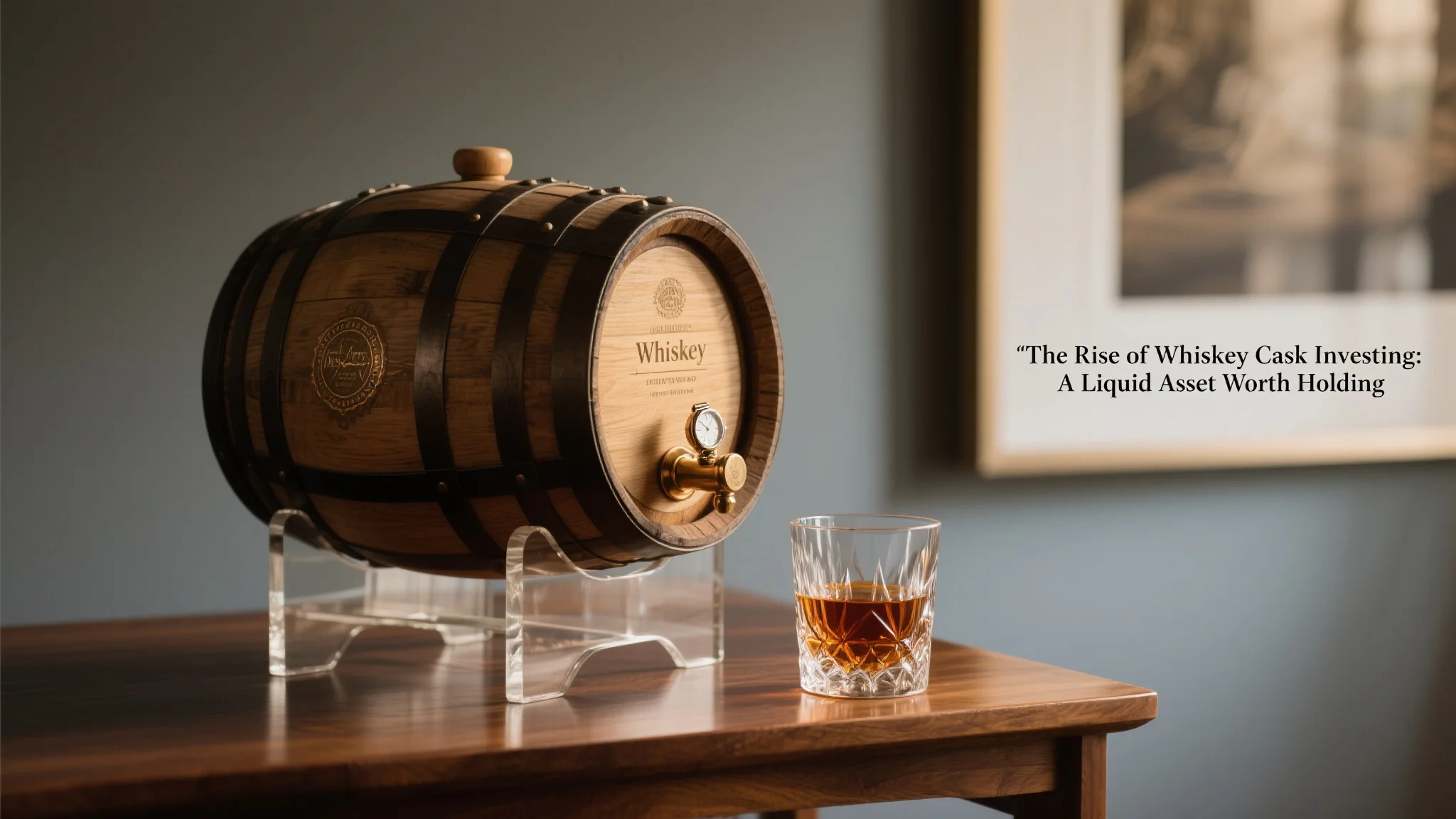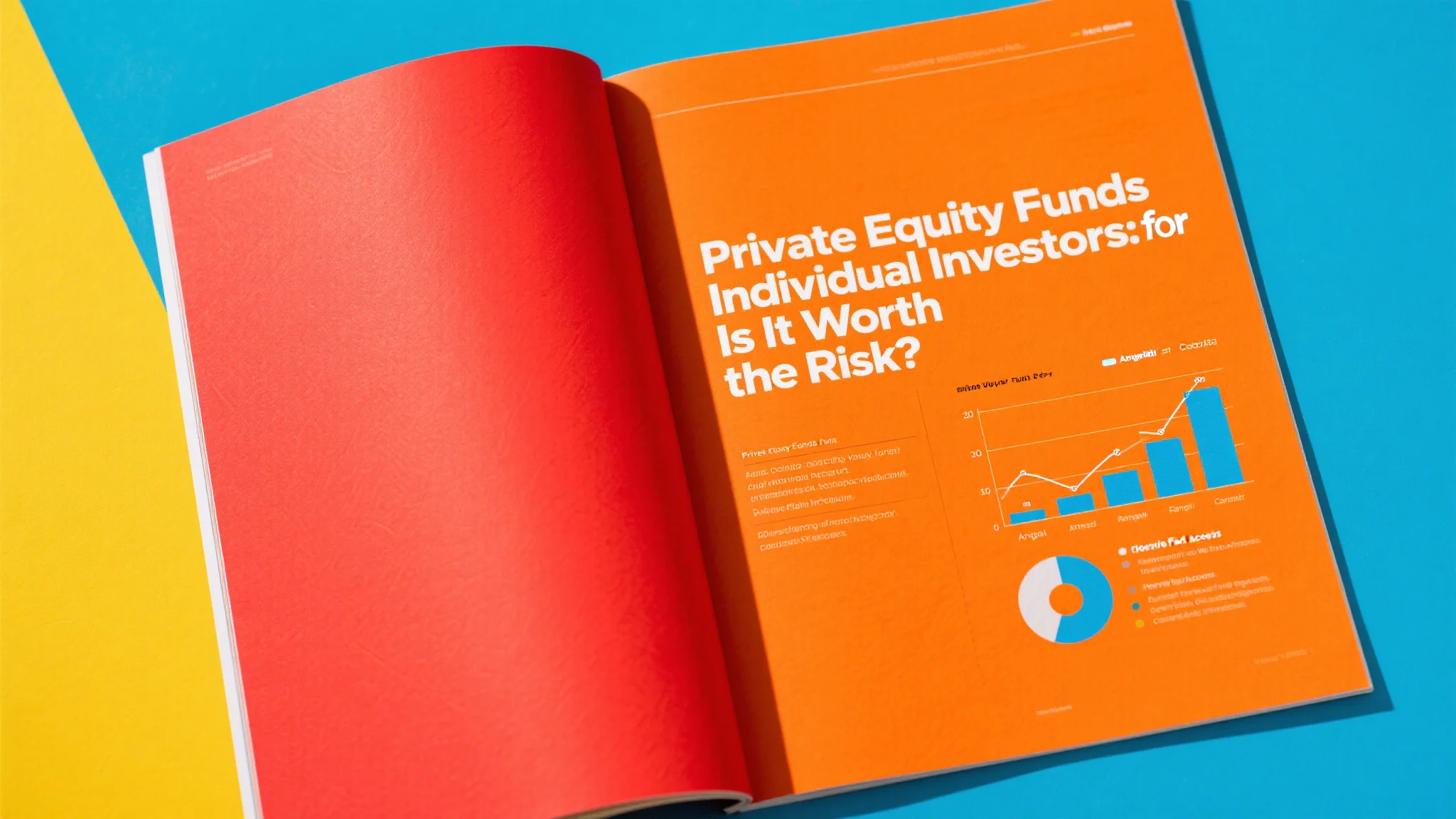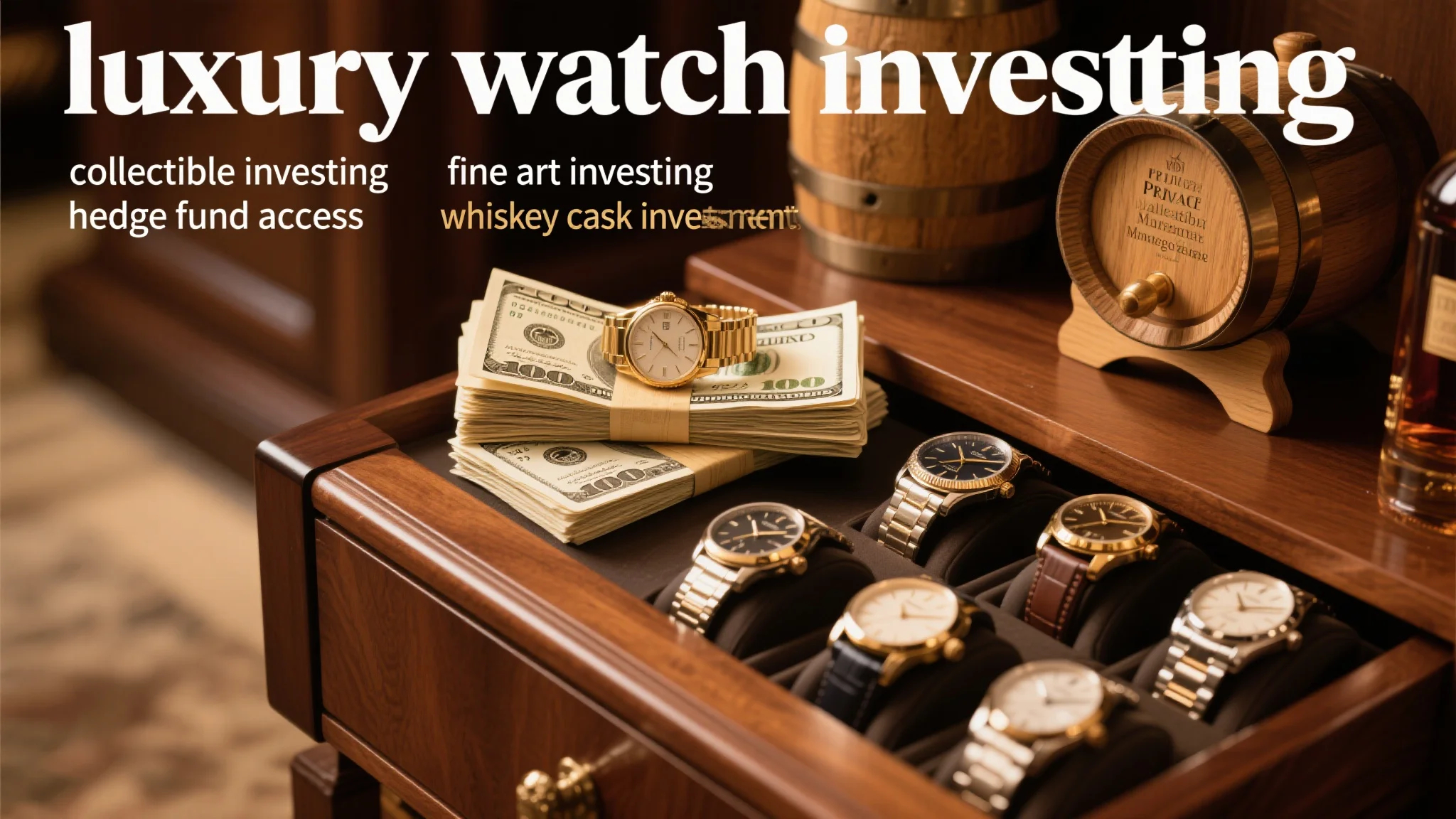
The Rise of Whiskey Cask Investing: A Liquid Asset Worth Holding?
The Fundamentals of Whiskey Cask Investment
Whiskey cask investment has emerged as a compelling alternative asset class, offering both tangible value and potential appreciation. Unlike bottled whiskey, casks continue to mature and develop complexity over time, often increasing in value as they age. Investors typically purchase new-make spirit directly from distilleries and benefit from the “angel’s share” phenomenon where evaporation concentrates flavors while reducing volume.
Successful whiskey cask investment requires understanding several key factors: the distillery’s reputation, the type of cask used (ex-bourbon vs. sherry casks), and the expected maturation period. Storage conditions in bonded warehouses significantly impact the final product quality, making professional management essential. Unlike many collectibles, whiskey casks represent a consumable asset with finite supply characteristics.
Comparing Collectible Investment Options
When evaluating collectible investing opportunities, whiskey casks offer unique advantages over traditional collectibles. While art and watches require careful display and insurance, whiskey matures passively in professional storage. The market for rare whiskey has shown consistent growth, with certain single malt Scotch whiskies appreciating over 500% in the last decade.
However, collectible investing in whiskey differs from other categories in its liquidity profile. While bottles can be sold quickly at auction, entire casks typically require finding private buyers or working with specialized brokers. The investment horizon for cask whiskey generally ranges from 5-15 years, making it suitable for patient investors.
Fine Art Investing vs. Liquid Assets
The comparison between fine art investing and whiskey cask ownership reveals interesting contrasts. Fine art offers aesthetic enjoyment and cultural prestige but requires expensive insurance and climate-controlled storage. Whiskey casks, while less glamorous, generate no display costs and actually benefit from the simple, consistent conditions of bonded warehouses.
One advantage of fine art investing is the established auction market with transparent pricing. The whiskey cask market remains more opaque, though several platforms are working to increase transparency. Both asset classes suffer from high transaction costs, typically 10-20% of sale price, though whiskey bottling costs can add additional expenses.
Luxury Watch Investing Characteristics
Luxury watch investing shares some similarities with whiskey cask ownership, particularly in terms of brand importance and limited production runs. However, watches offer immediate enjoyment and wearability that whiskey casks cannot match. The secondary market for premium watches like Rolex and Patek Philippe has shown remarkable resilience during economic downturns.
Unlike luxury watch investing, whiskey cask ownership provides no opportunity for personal use during the holding period. However, whiskey investors can occasionally sample their maturing spirit (through professional “valinch” withdrawals), creating a unique engagement with their asset. Watch collectors must also consider maintenance costs that whiskey cask owners avoid.
Impact Investing Considerations
Some investors approach whiskey cask investment through the lens of impact investing, supporting traditional craft industries and rural economies. Many distilleries operate in remote areas where they provide crucial employment. The Scotch whiskey industry, for example, supports over 40,000 jobs in Scotland, with most located outside major cities.
When evaluating impact investing opportunities in spirits, investors should research distilleries’ sustainability practices and community engagement. Some progressive distilleries now use renewable energy and local barley, creating environmental benefits alongside financial returns. The “farm-to-bottle” movement has gained particular traction among socially conscious investors.
Building a Balanced Alternative Portfolio
The most successful investors combine whiskey cask investment with selective allocations to collectible investing and fine art investing. They may include luxury watch investing for portable assets while incorporating impact investing principles. This diversified approach helps manage risk across alternative asset classes.
Financial advisors typically recommend keeping alternative investments below 20% of total portfolio value, with whiskey casks representing a portion of this allocation. The illiquid nature of these assets makes proper diversification and cash flow planning essential.
Risk Management in Alternative Assets
While whiskey cask investment offers portfolio diversification benefits, it carries unique risks including changing consumer tastes and regulatory challenges. Investors should work with reputable brokers who provide insurance-backed storage and transparent valuation methodologies. Proper documentation proving cask ownership and authenticity is essential.
The specialized knowledge required makes professional guidance valuable when navigating whiskey cask investments. Unlike traditional securities, these alternative assets require hands-on management and patience to realize their full potential.


